
How to Apply for FCC ID Certification for In-Car Bluetooth Devices?
In-car Bluetooth devices are electronic products equipped with wireless Bluetooth technology, designed for hands-free communication within vehicles. They enable free phone calls with mobile phones and contribute to reducing traffic accidents by promoting safer driving. Nowadays, as more and more drivers focus on safety and convenience while driving, in-car Bluetooth hands-free devices have become increasingly popular. However, to enter the US market, such products must undergo FCC-ID certification.
According to relevant sections of the US Federal Communications Regulations (CFR47 parts), all electronic products entering the United States (mainly targeting electronic products with operating frequencies from 9kHz to 3000GHz) must undergo electromagnetic compatibility certification (FCC certification). Therefore, FCC certification is mandatory in the United States.
FCC-ID certification involves the review by FCC-authorized certification agencies of the samples (or photos) and test data submitted by applicants. If they meet the specified requirements, the device will be assigned an FCCID number. Devices suitable for this type of certification include cordless telephones, automatic door remote controls, wireless radio-controlled toys and security alarm systems, frequency converters, and other low-level emission devices. The responsible entity for the device must ensure that the relevant equipment has an FCC-authorized ID number.
Documentation required for FCC certification of vehicle Bluetooth devices:
1. Completion of the application form by the applicant and submission of required documents.
2. Submission of a copy of the installation and user manual for the certified product provided to users.
3. Electrical schematics and operational principles of the product.
4. Frequency table of the product's operating vibrations.
5. Circuit diagrams.
6. Simplified user instructions.
7. Engineers assess the price and time based on the submitted documentation, and the applicant confirms the contract price before sending samples for testing (aligning sample quantities with staff).
Processing flow for FCC-ID certification of vehicle Bluetooth devices:
1. The customer submits the application form, signs the contract, and makes the payment.
2. The customer prepares inspection samples (wireless products require frequency setting) and provides product information (as per documentation requirements).
3. The laboratory issues a draft report, which the customer confirms, leading to the issuance of the formal report.
4. If it's FCCsDoC, the project concludes; if applying for FCCID, the report and technical data are submitted to the TCB.
5. The TCB completes the review and issues the FCCID certificate, sending the formal report and FCCID certificate.
6. After the company obtains FCC certification, they can use the fcc logo and relevant statements on their products.
Email:hello@jjrlab.com
Write your message here and send it to us
 ASTM D4169 Drop Test
ASTM D4169 Drop Test
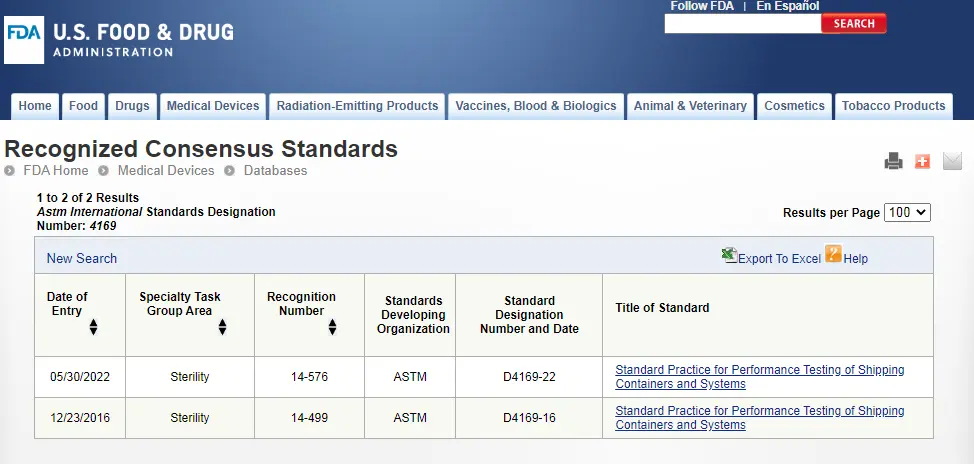 ASTM D4169 Packaging Simulation Transportation Tes
ASTM D4169 Packaging Simulation Transportation Tes
 What is ASTM D4169 Testing?
What is ASTM D4169 Testing?
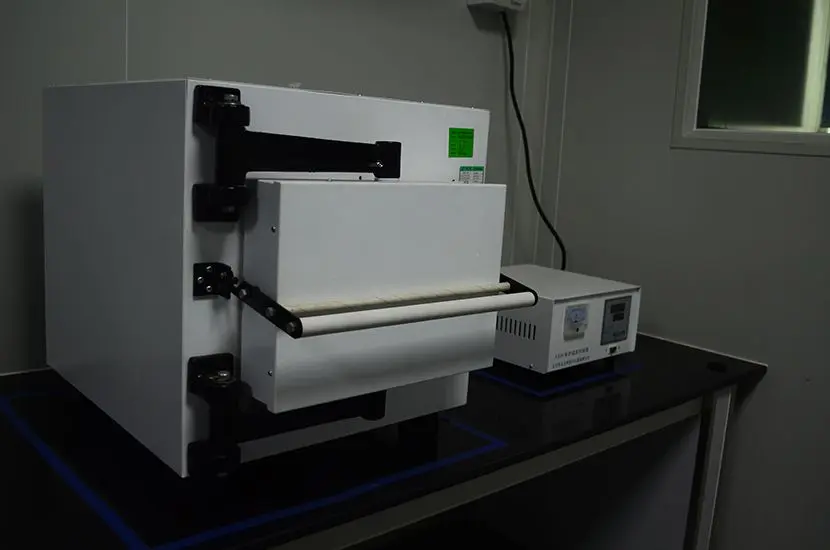 ASTM D4169-23 Test Standard Revision
ASTM D4169-23 Test Standard Revision
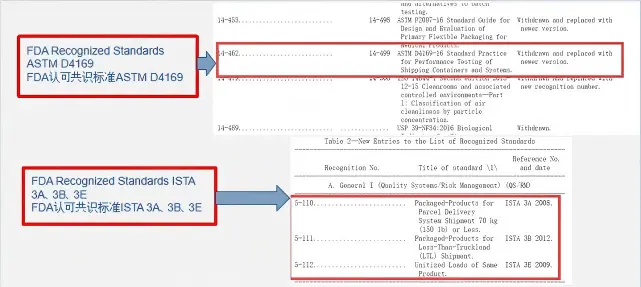 Transport Simulation Testing for Medical Device Pa
Transport Simulation Testing for Medical Device Pa
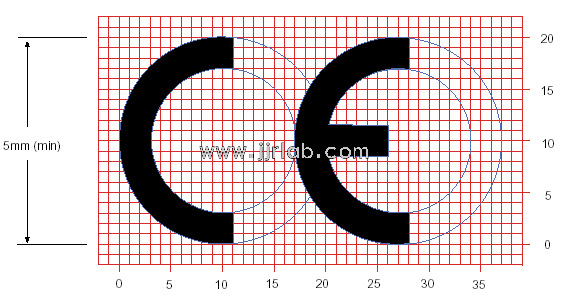 EU CE Certification Guidelines for Lighting Fixtur
EU CE Certification Guidelines for Lighting Fixtur
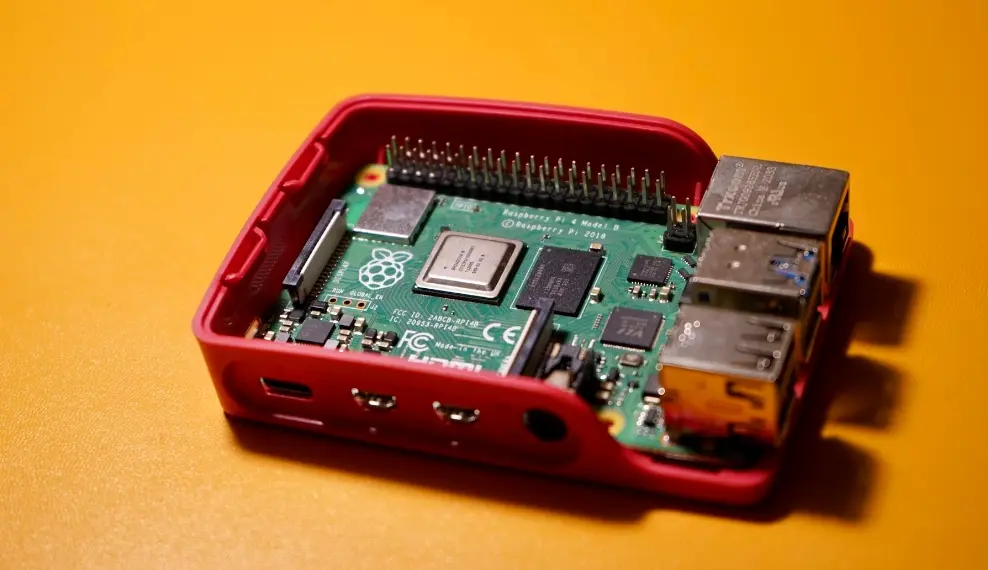 Lithium Battery Export: CB Certification & IEC
Lithium Battery Export: CB Certification & IEC
 How to Apply for One FCC Certificate for Multiple
How to Apply for One FCC Certificate for Multiple
Leave us a message
24-hour online customer service at any time to respond, so that you worry!




